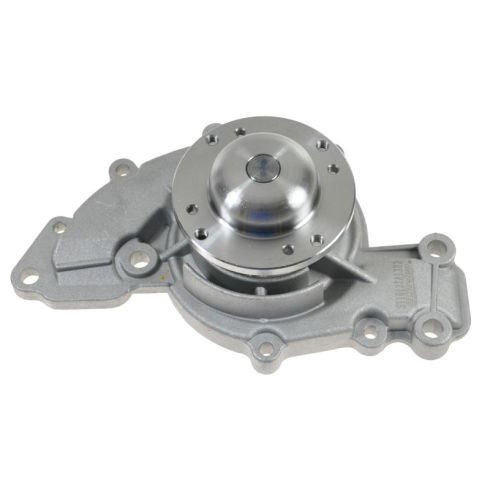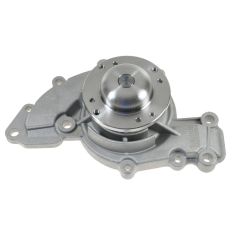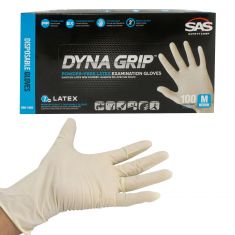ACEWP00012-Chevrolet Buick Pontiac Olds ACDelco Professional Engine Water Pump ACDelco 252-693

Replaces
1995 Buick Regal V6 3.8L ACDelco Professional Engine Water Pump ACDelco 252-693

Frequently bought together
Product Reviews
Loading reviews
5.00/ 5.0
3
3 reviews
Great service!
January 9, 2019
Part arrived about 5 days earlier than had been predicted even though I did not pay for expedited delivery. So my mechanic was available to immediately change out the water pump and all is well. Thanks for the great service 1A Auto!
Major Improvement
June 11, 2019
I had to nurse the car unitl it's appointment to have the new pump installed. The old factory original did well, surviving for 257,000 miles. The new one went in just fine, I hope it lasts as long as the old one.
Good quality
November 4, 2019
For the price I was surprised to get pro grade. Quiet, no leaks, works as it should.
Customer Q&A
Does this come with a gasket?
September 5, 2017
10
Yes, this water pump will come with a new gasket!
September 6, 2017
Tim K
Does this come with the gasket?
October 26, 2020
10
This item will not include the gasket. You will need to purchase a new one locally.
October 26, 2020
Emma F
Buick is a registered trademark of General Motors Company. 1A Auto is not affiliated with or sponsored by Buick or General Motors Company.
See all trademarks.









